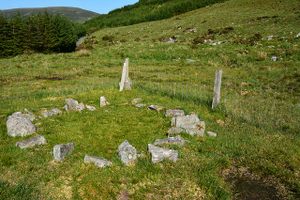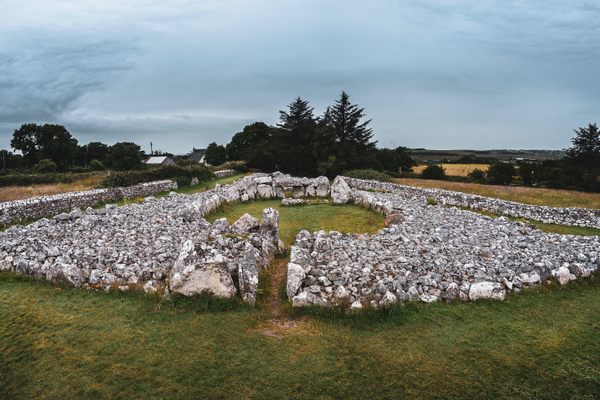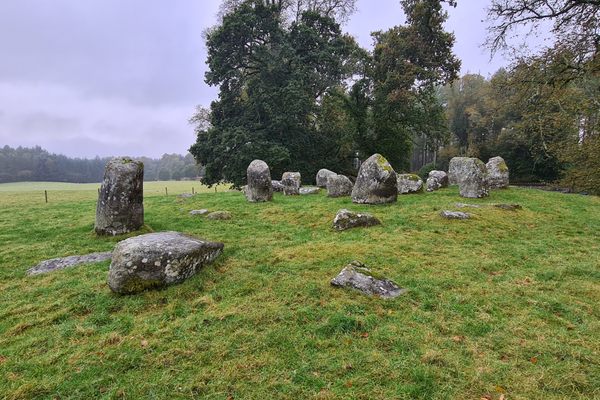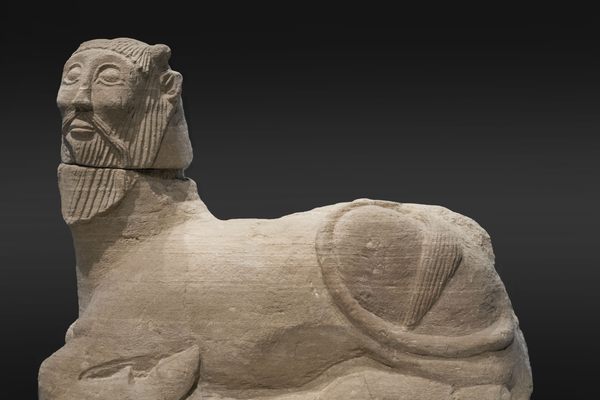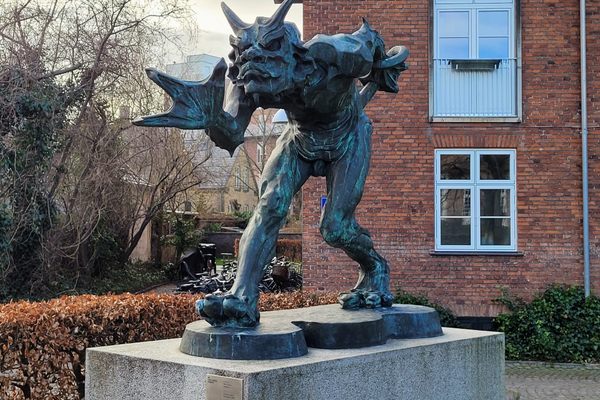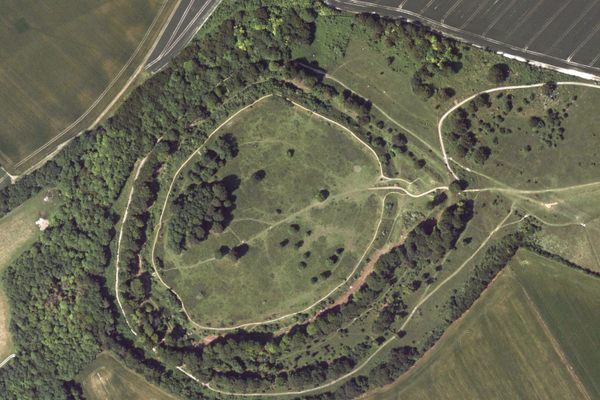About
Cathair Crobh Dearg (often referred to as “The City” of Shrone) is thought to be one of the oldest Christian pilgrimage sites in Ireland, having previously been an important pagan fertility site. It’s essentially a stone ráth, an ancient ring fort.
Within the ráth are the possible remains of a miniature cromlech (a dolmen, or megalithic portal tomb), an ogham stone, an earthen mound, a primitive stone altar, the ruins of a 19th-century cottage, and a modern statue of “Our Lady of the Wayside.” Just outside the stone circle is a holy well which bubbles noisily when the water table is high enough.
Originally used for Beltane (a Gaelic May Day festival), this pagan fertility site is named after a triple pagan war goddess Crobh Dearg (Red Claw), who later morphed into “Saint” Crobh Dearg, one of three sister saints, when the site was coopted by early Christians.
There’s still an annual mass and local gathering on May Day. Throughout the year, people drink water from the holy well and others leave clooties, which are pieces of cloth ribbons common at places of Celtic pilgrimages called Clootie Wells.
The stone circle is about 13 feet thick and five feet high with an entrance gap to the north and an access point to the holy well toward the southwest. The site lies south of the village of Rathmore in an area called Sliabh Luachra in County Kerry. It’s in the shadow of “the Paps of Anu,” which are considered by some to be sacred mountains.
In addition to religious rituals, The City has been used for other things including testing improvised explosive devices in 1915 in preparation for the 1916 Easter Rising.
Related Tags
Know Before You Go
Located south of the village of Rathmore down a narrow road. If driving, park near the area beside the main information sign and allow enough room for a tractor to pass particularly during harvest time as this is an active farming area.
The actual site is behind an old barn, and not toward the hills.
Inside the ráth is hilly and walking or hiking boots are recommended in this heritage site.
Published
November 6, 2017
Sources
- http://www.voicesfromthedawn.com/city-and-the-paps/
- http://www.rte.ie/archives/2017/0515/875294-the-city-a-kerry-pilgrimage/
- https://en.wikipedia.org/wiki/Paps_of_Anu#cite_note-14
- www.bureauofmilitaryhistory.ie/reels/bmh/BMH.WS0116.pdf#page=6
- Cronin, Dan. In the Shadow of the Paps. Killarney: Crede, Sliabh Luachra Heritage Group, 2001. pp.38-40
- http://www.gokerry.ie/index.php?action=locations&location_id=71&page_id=513
- https://books.google.com/books?id=nd9R6GQBB_0C&pg=PA105&lpg=PA105&dq=saint+Crobh+Dearg&source=bl&ots=ZKP6aYbtGJ&sig=pvbVL4pMk6bymLN1EBAvh4BqEYs&hl=en&sa=X&ved=0ahUKEwjIiJ674arXAhXJVxQKHY3lAo8Q6AEIODAD#v=onepage&q=saint%20Crobh%20Dearg&f=false
- http://www.estudiosirlandeses.org/2017/10/cathair-crobh-dearg-from-ancient-beliefs-to-the-rounds-2017/













































